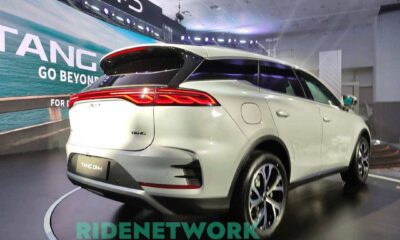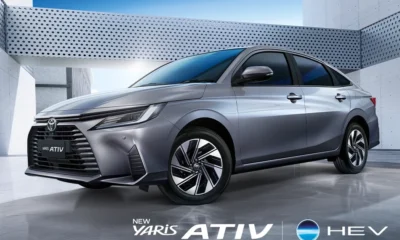Aircraft
Manila to Makati in 5 Minutes?
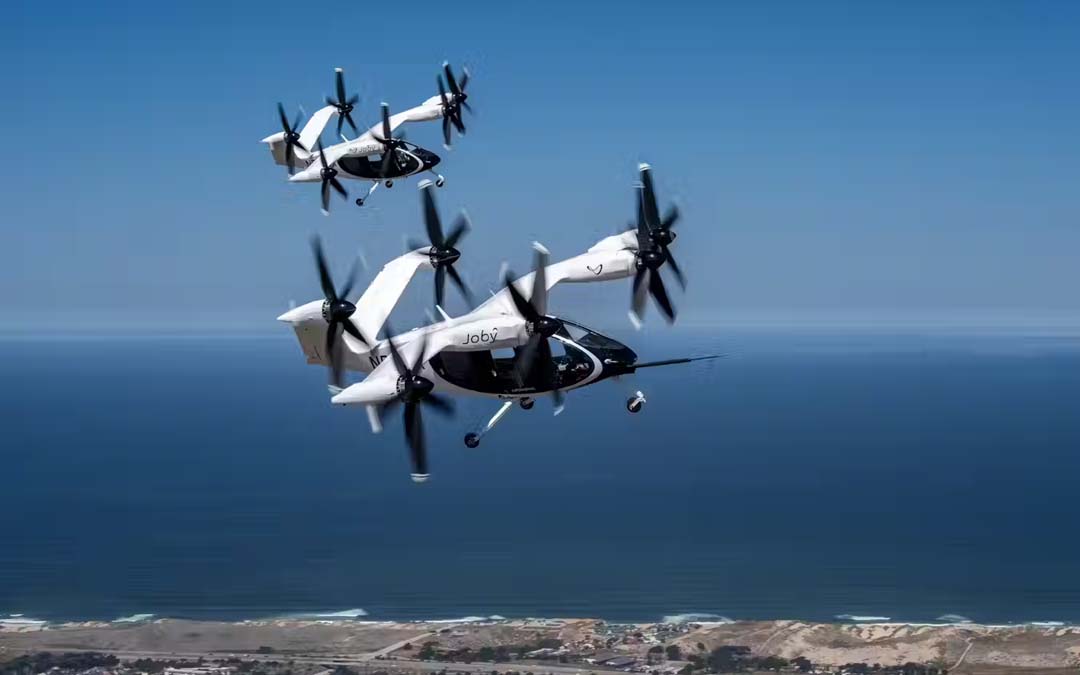
Flying taxis, once a wild idea from science fiction, are now getting ready to take off, literally. And Toyota, known more for its land vehicles, is helping make it happen.
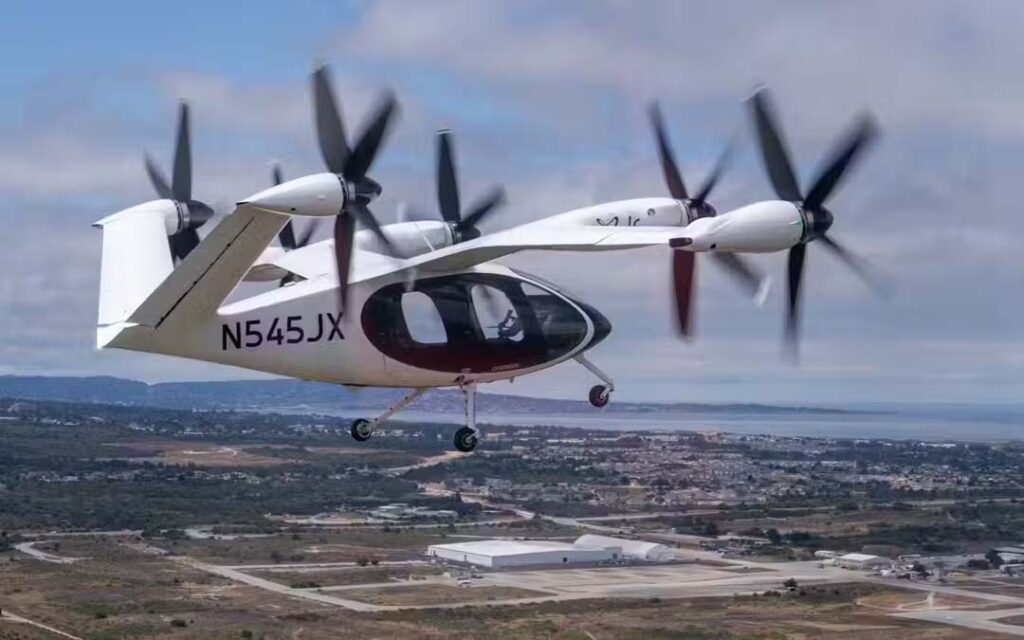
Joby Aviation, a startup based in California, is leading the charge in electric vertical takeoff and landing (eVTOL) aircraft. These air taxis, which run fully on electricity, can fly at speeds of up to 320 km/h and travel 160 km on a single charge. They’re also far quieter than helicopters, reportedly no louder than rainfall.

In July 2025, Joby completed piloted test flights in Dubai in partnership with the city’s Roads and Transport Authority. Dubai aims to launch the world’s first commercial air taxi service by early 2026, connecting key areas like the airport, Dubai Marina, and Downtown. A 12-minute flight could replace a 45-minute drive.
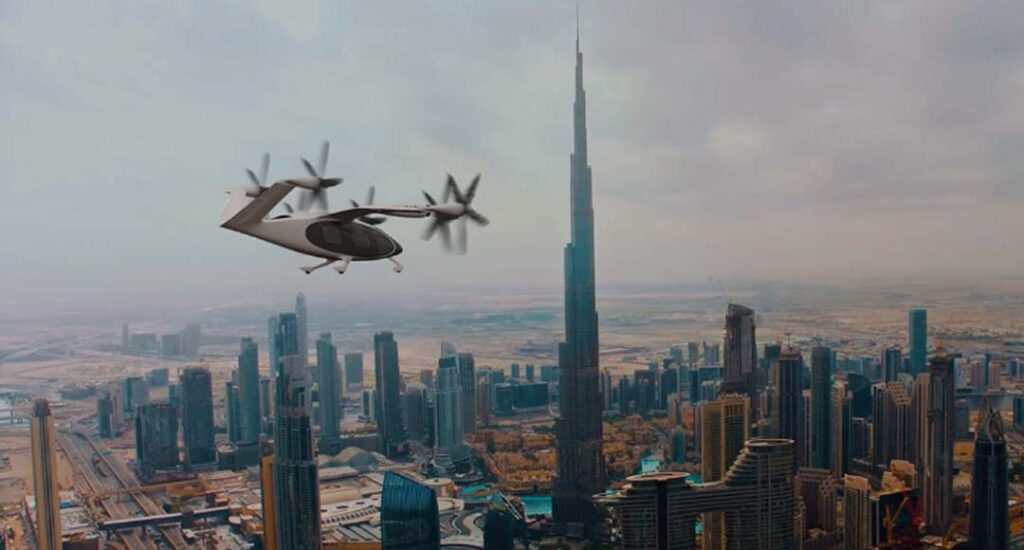
The aircraft will carry one pilot and four passengers. It’s fully electric and emits zero emissions—positioning it as a greener alternative to traffic-heavy cities.
Toyota’s Surprise Role
What’s surprising is Toyota’s massive involvement. Since 2019, the Japanese automaker has poured nearly $900 million into Joby and holds a 15.3% stake. Toyota has gone beyond simply investing. Its engineers now work alongside Joby’s teams in California and Ohio, applying Toyota’s expertise in manufacturing to scale production.
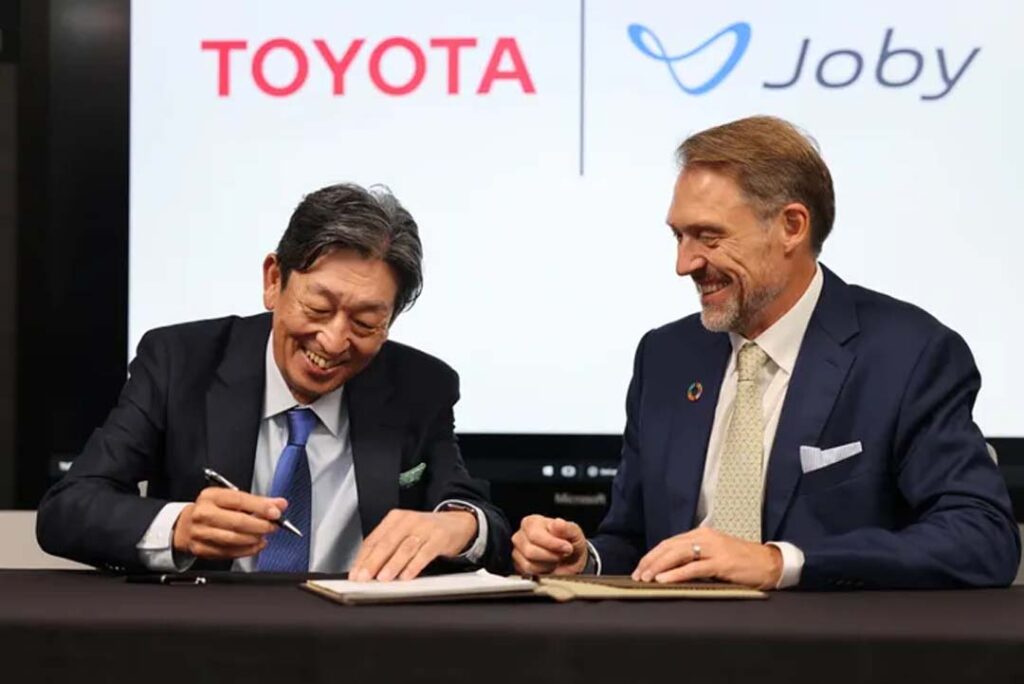
Toyota supplies key parts for the air taxis and is also expected to help launch operations in Japan and other countries. Together, they aim to produce 24 aircraft a year in California and scale to 500 annually in Ohio.
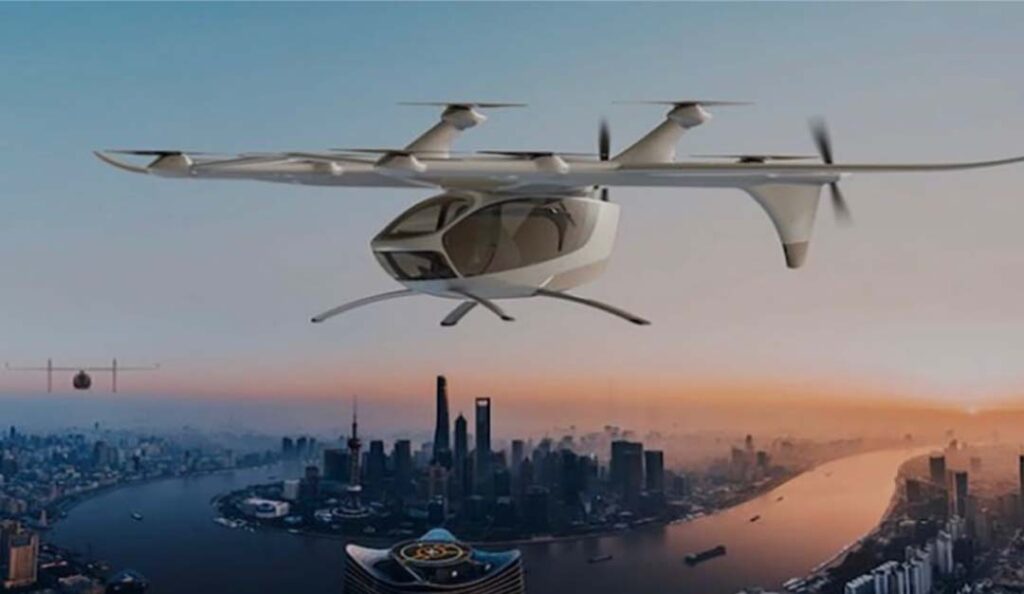
Challenges Ahead
The road, or air, is not without obstacles. Regulatory bodies like the FAA are still working on rules to certify eVTOL aircraft. Cities will need to build vertiports (mini airports), manage charging infrastructure, and earn public trust around safety.
And let’s not forget the cost: at launch, these air taxis will be priced like premium ride-hailing options, only scaling down once operations grow.
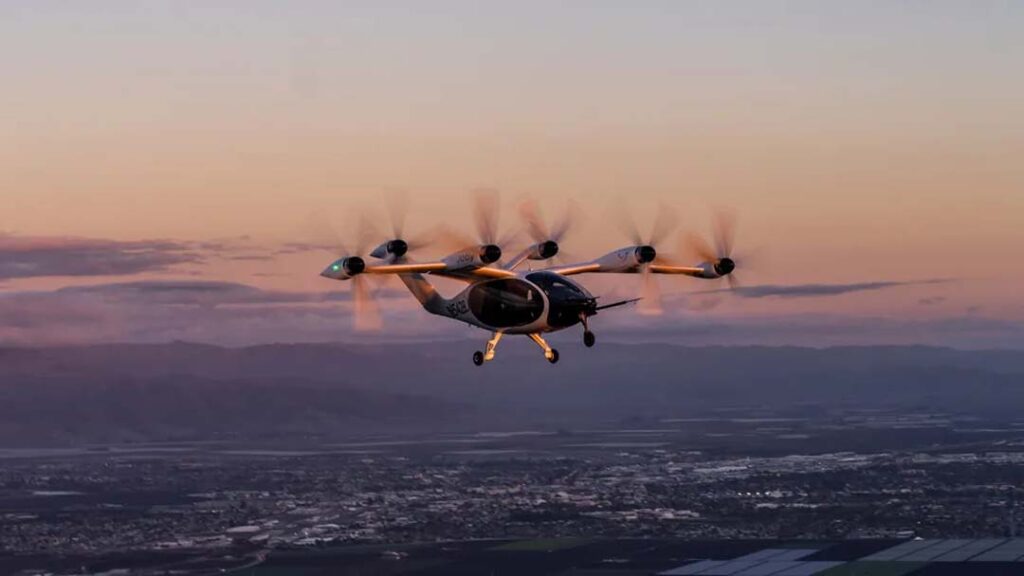
The Big Opportunity
Still, the market looks promising. Experts expect the air taxi industry to grow from $1.75 billion today to over $5 billion by 2032. These flying vehicles won’t just be for passengers—use cases include cargo transport, emergency services, and even defense.
Joby and Toyota’s partnership could become a playbook for how carmakers and aviation tech firms team up to shape future mobility.
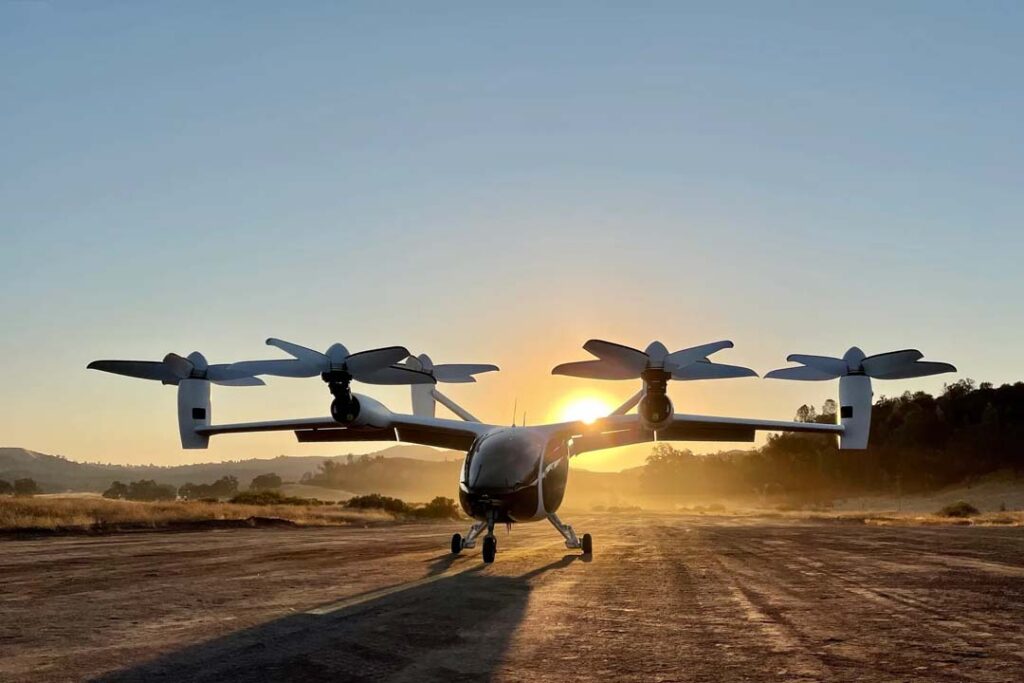
Will This Work in the Philippines?
As we watch Dubai prepare for takeoff, one question naturally follows: Will this work in the Philippines?
Our cities are infamous for daily traffic jams, slow commutes, and overloaded public transport. A flying taxi system could revolutionize travel, slashing hours into minutes. But implementing it here raises plenty of questions. Where would the vertiports go? How would air rights be handled in densely packed cities like Metro Manila? What about typhoons, power interruptions, and cost?
In a country where even building bike lanes feels like a major hurdle, is the sky really the next frontier? Or is it a futuristic fantasy that might stay grounded? What do you think? Would you ride one?





